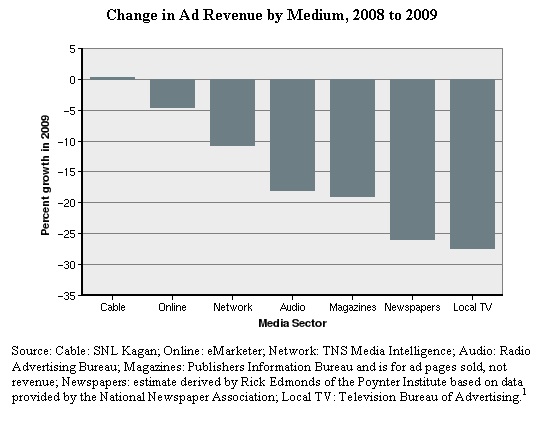The 2,200-page report into the collapse of Lehman Brothers carried out by Anton Vulakas at the request of the New York Southern District Bankruptcy Court will, no doubt, make interesting reading, but what caught my eye was this sentence in the Financial Times‘s report:
“The crux of the report, which is based on the review of 34 million pages of documents out of the 350 billion pages obtained by Mr Valukas, is its portrayal of Lehman’s insatiable risk appetite and its alleged efforts to cover up the extent of its financial woes.”
How on earth, I wondered, does anyone ‘review’ 34 million pages? And how are those pages selected from 350 billion? Not surprisingly, I wasn’t the only one asking these questions. Writing in The Posse List, Gregory Bufithis provided some of the answers. “The most intriguing part of the report”, he writes,
“concerns the sheer size of the data and the search methodology/software used in examining the documents. Valukus’s report was a mammoth task involving e-mails, reports, data sets and interviews. Answering the questions required an extensive investigation and review of Lehman’s operating, trading, valuation, financial, accounting and other data systems. Interrogating those systems proved particularly challenging, first because the vast majority of the systems had been transferred and were under the control of Barclays (who took over a large part of Lehman operating units); by the time of the Valukas’ appointment, Barclays had integrated its own proprietary and confidential data into some of the systems, so Barclays had legitimate concerns about granting access to those systems.
The second challenge was more daunting. At the time of its bankruptcy filing, Lehman maintained a patchwork of over 2,600 software systems and applications. It was decided early on that it would not be cost effective to undertake the enormous effort and expense that would be required to learn and access each of these 2,600 systems. Rather, Valukas directed his financial advisors to identify and acquire an in‐depth understanding of the most promising of the systems.”
Mr Bufithis then goes on to outline how this mammoth task was tackled:
1. The available universe of Lehman e‐mail and other electronically stored documents is estimated at three petabytes of data — roughly the equivalent of 350 billion pages.
2. Valukus carefully selected a group of document custodians and search terms designed to cull out the most promising subset of Lehman electronic materials for review. In addition, Valukus requested and received hard copy documents from Lehman and both electronic and hard copy documents from numerous third parties and government agencies.
3. In total, the Examiner collected in excess of five million documents, estimated to comprise more than 40,000,000 pages. All of these documents have been converted to electronic form and are maintained on two computerized databases, Stratify and CaseLogistix.
4. Documents were reviewed on at least two levels. First level review was conducted by lawyers trained to identify documents of possible interest and to code the substantive areas to which the documents pertained; those so identified were subjected to further and more careful review by lawyers or financial advisors especially immersed in the earmarked subjects. In order to reduce the cost of review, the Valukus sought and obtained the court’s approval to retain contract attorneys. A group of more than 70 contract attorneys, supplemented by Jenner & Block [Valukas’s Chicago law firm] attorneys, conducted first level reviews.
5. All second level (and beyond) reviews were performed by Jenner & Block attorneys or Duff & Phelps professionals. Valukus estimates that he has reviewed approximately 34,000,000 pages of documents in the course of his investigation.
6. The entire body of e-mail in the Stratify database — 4,439,924 documents, approximately 26 million pages— has been reviewed. Approximately 340,000 of the CaseLogistix documents — roughly eight million pages — have been reviewed.
7. Although a large number of the CaseLogistix documents were not reviewed, that database is fully searchable, and Valukus is reasonably confident that the repeated and focused searches applied against that database have discovered most if not all of the most relevant documents.
8. In most cases, documents were produced to Valukus under stipulated protective orders, which are described in Appendix 5 of the report. Subject to those orders, the document databases created remain a resource for the bankruptcy estate and the parties. The database includes computerized tagging which will allow persons interested in making their own searches to narrow and focus search requests.
And the cost of all this? A snip at $38 million. Wonder who pays the bill?




